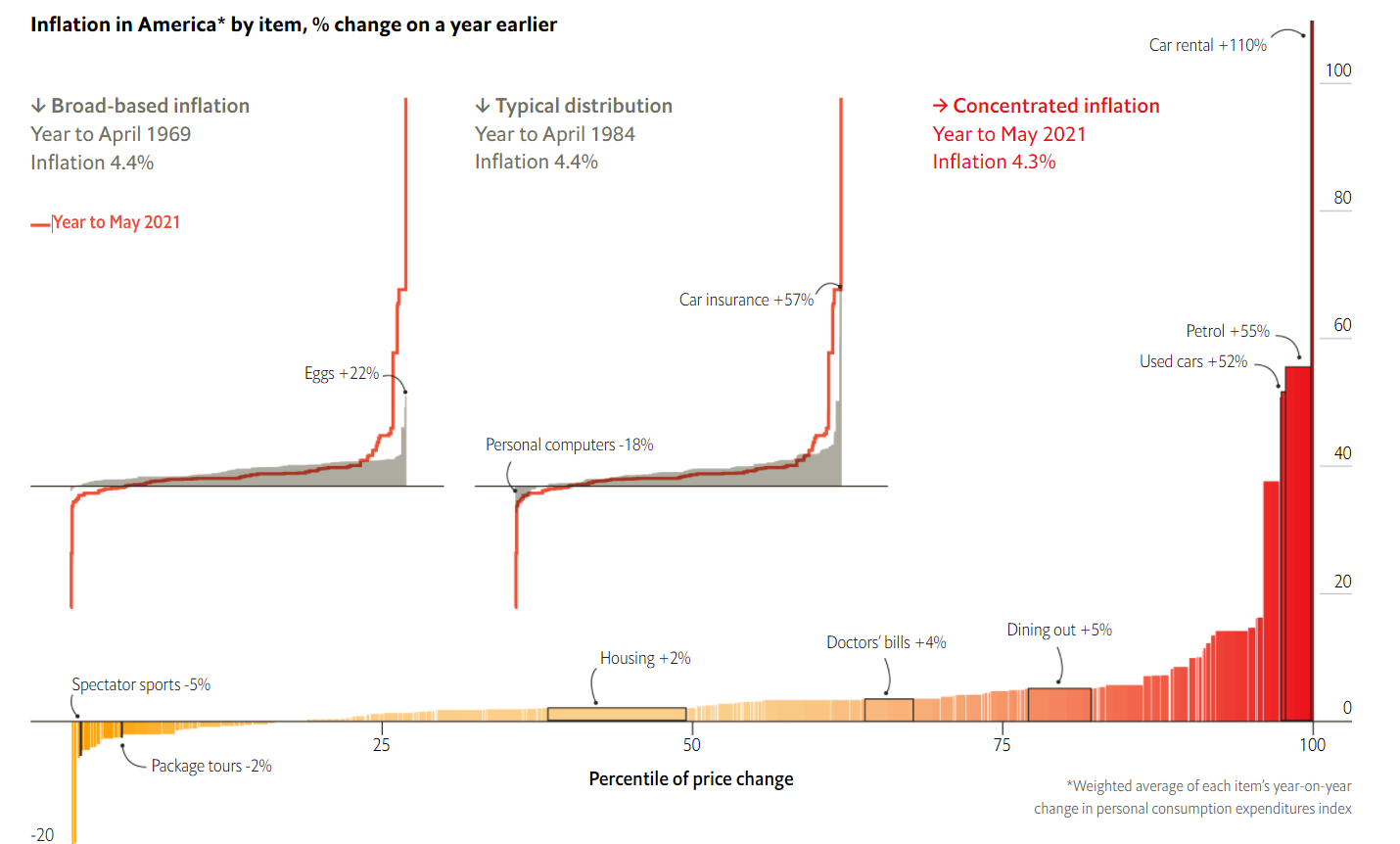The legislation developed by our elected officials at the local, state, regional, and national levels directly influences the day-to-day life of every American. Whether targeted towards post-pandemic relief, regional development, equality programs, workforce enrichment, or a slew of other economic goals, legislative leaders and policymakers have a hand in the overall scope of a public policy. Financial analysis enlisted nationwide to evaluate the total impacts of policies and programs before implementation considers every region’s unique, influential factors.
Evaluating the short- and long-term impacts of a prospective piece of legislation can ensure policy leaders fully understand all effects on the population and the environment related to the topic studied before implementation. With meaningful forecasts, they can address the most significant issues with the lowest amount of misplaced effort and resources, a task of increasing importance in the past decade. The substantial analysis creates a higher understanding of the expected effectiveness of proposed legislation and can inform the public of its potential impact on their lives.
It is on the foundation of the transformative idea that government decision-makers should test the economic effects of their policies before implementation that Regional Economic Models, Inc. was founded. Since 1980, we have sought to improve public policies through rigorous policy analysis. Our economic modeling solutions can forecast the potential outcomes of national policies and programs. Supported by various data and forecasts researched and compiled from across the United States, our solutions intend to empower our leaders to make informed decisions and minimize risk supported by dynamic economic modeling.
For instance, a national policy can have different implications for each state due to their respective gross state product, input, output, and linkages to in-state and out-of-state programs and plans. Our flagship model, PI+, specializes in generating realistic year-by-year estimates of any specific policy initiative’s total local, state, and national effects. Our software tool simulates comprehensive economic and demographic impacts in wide-ranging initiatives, policies, and programs for economic development, infrastructure, environment, energy, and natural resources industries.
Building on our modeling foundation, we understand the importance of prioritizing analysis that dissects policy at the intersection of taxation and infrastructure. Transportation networks shape regional economies and influence labor markets, and fiscal policy is key to the county’s globalization efforts and economic competitiveness. In response, the Tax-PI and TranSight models forecast these sectors’ dynamic economic effects of policy changes.
Tax-PI is the only readily available dynamic impact model capable of capturing the direct, indirect, and induced fiscal and economic effects of taxation and other policy changes over multiple years. State revenue departments across the county have implemented Tax-PI as a critical aspect of their regular reporting and ability to demonstrate a policy’s financial and fiscal impacts on local and state budgets. As a result, Tax-PI has informed policy decisions based on their economic and budgetary implications, such as state and local tax changes, state and local fiscal budgets, and education and infrastructure investments.
Likewise, TranSight permits state departments of transportation, regional planning agencies, and metropolitan planning organizations to forecast the short- and long-term impacts of transportation investments on jobs, population, income, and other economic variables. As a locomotive of economic growth, transportation and infrastructure policy has reached new heights as a legislative priority with the recent signing of the Infrastructure Investment & Jobs Act, commonly known as the Bipartisan Infrastructure Bill. By showing the impact of transportation improvement on jobs and economic development, TranSight improves our ability to establish legislative priorities.
Global energy and environmental concerns have also dominated our public policy spheres, conveying the importance of factoring in their policy impacts when considering the overall vitality of our economy. Since energy-generating industries are an essential input to other industries and a sector in their own right, energy analyses should illustrate the total economic impact of changing electric rates, introducing new power sources, and investing in energy production. The E3+ model simplifies the complex relationships between energy, the environment, and the economy. Federal, regional, and state agencies charged with producing such analyses have enlisted the assistance of the E3+ model and our consulting team to blaze a trail toward a future that values renewable energy sources and resilient ecosystems.
We understand that every public policy affects each American differently. As federal, state, and metropolitan agencies increasingly require socioeconomic impact analysis of government policies and programs, it is vital to consider how policy impacts different demographic groups. The assessment of core socioeconomic implications of programs and practices to pave the way towards more informed policymaking is the grounding purpose of the REMI Socioeconomic Indicators module (SEI).
REMI SEI has been used to analyze many policies, from quantifying how universities are building a more diverse workforce and equitable future to evaluating the total distribution impacts of tax policy. This module interprets the complex relationship between public policies in their industry and the varying economic effects across demographic groups such as jobs by race/gender, regional disparities by county, labor force by race/gender, jobs by education level, income by quintile, and inflation impact by income.
Our contribution to the future of economic analysis lies in our dedication to refining our dynamic macroeconomic modeling practices. Over the past three decades, our software tools and modeling practices have evolved to create multifaceted instruments that have supported studies performed nationwide studies and global economic assessments. Our commitment to a better understanding of the economy drives our unceasing process of innovation in economic theory and practice, software development and application, and the use of quantitative financial analysis to guide policy decisions.
Led by our expert analysts, we recently hosted a webinar training series to explore our software solution that simplifies the complex relationships between policies and your economy. Please click here to view the training presentation materials for a further in-depth explanation of each model and see them working with real-life scenarios.
You can request a model demo of your choice by clicking here.
Subscribe to our communications here to stay connected with REMI’s ongoing projects, news, and events.



